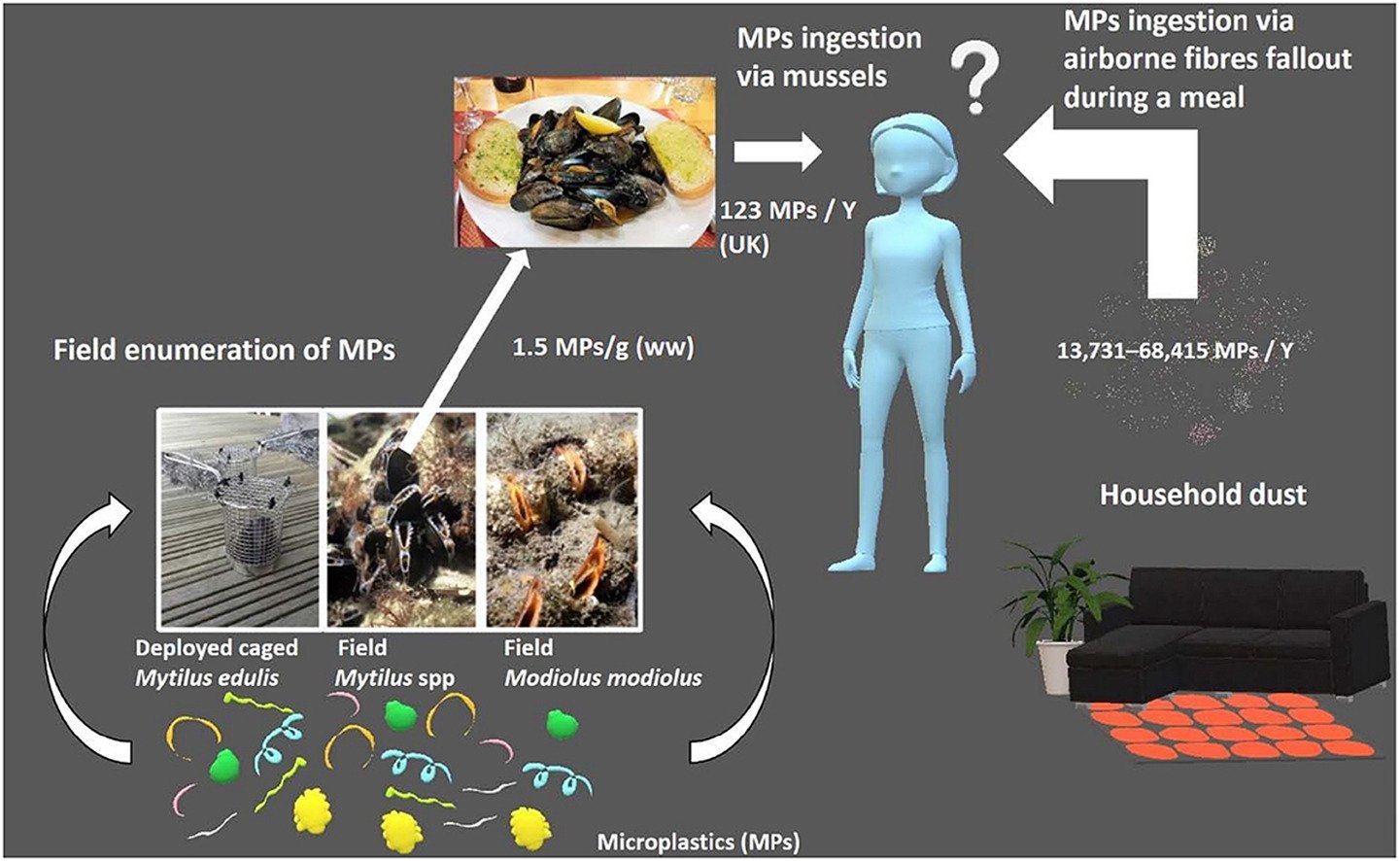Every time you sit down to eat, microplastics float in the air and land on your food, invisibly becoming a part of your stir fry or pasta e fagioli.
Over the course of a meal, you’re most likely consuming around 100 bits of microplastic and, over the course of a year, closer to 70,000 pieces.
So along with fat, protein, and carbohydrates, your body is also getting a steady dose of plastic waste.
Take Action: Pledge to Stop Using Disposable Plastic
That’s the conclusion reached by a team of UK-based researchers in a new report published in Environmental Pollution.
To investigate this phenomenon, the researchers placed petri dishes with sticky surfaces next to dinner plates in three homes in the UK.
After 20 minutes, the dishes accumulated an average of 14 microplastics.
Read More: Why You Should Probably Never Eat Seafood Again
The team then extrapolated the size of the petri dish to match a dinner plate and the food on it, and determined that each meal attracts around 100 particles from broken down synthetic fabrics, carpets, car tires, clothing, and more.
It’s an alarming finding that adds to a growing body of research on how plastic contaminates the world.
Microplastics have been found in tap water, bottled water, seafood, and even in organic food fertilizer.
Read More: Shocking Photos Show Extent of Plastic Pollution in Caribbean
The average US sample of tap water contains 4.8 fibers of plastic, compared with an average of 1.9 fibers in Europe, according to research by Orb Media. Bottled water, meanwhile, has more than twice as many particles on average.
All of this consumed plastic could have negative health effects, according to the UN, which classifies some components of plastic as carcinogens.

Plus, when plastic is floating in the environment, it becomes a magnet for pollutants.
This latest research was initially conceived to study the level of plastic contamination in seafood, according to IFLS. The home analysis was meant to act as a control, but it turned out that home environments had far more plastic contamination.
Read More: There Are Fewer Plastic Bags on Seafloors Because of New Laws: Report
“These results may be surprising to some people who may expect the plastic fibers in seafood to be higher than those in household dust,” said study author Dr Ted Henry in a statement. “We do not know where these fibers come from, but it is likely to be inside the home and the wider environment.”
The study, of course, would need to be done on a much larger scale for more definitive results, but its conclusion contributes to a portrait of a world awash in plastic.
Between 1950 and 2015, an estimated 8.3 billion metric tons of plastic were created, the equivalent of 1 billion elephants, according to a new report published in Science Advances.
If current trends continue, 12 billion metric tons of plastic waste will exist in the world by 2050.
Read More: Taiwan Announces Ban on All Plastic Bags, Straws, and Utensils
That’s 1.6 metric tons, or the size of midsize car, for every human on the planet.
Global Citizen campaigns on reducing plastic waste around the world and you can take action on this issue here.